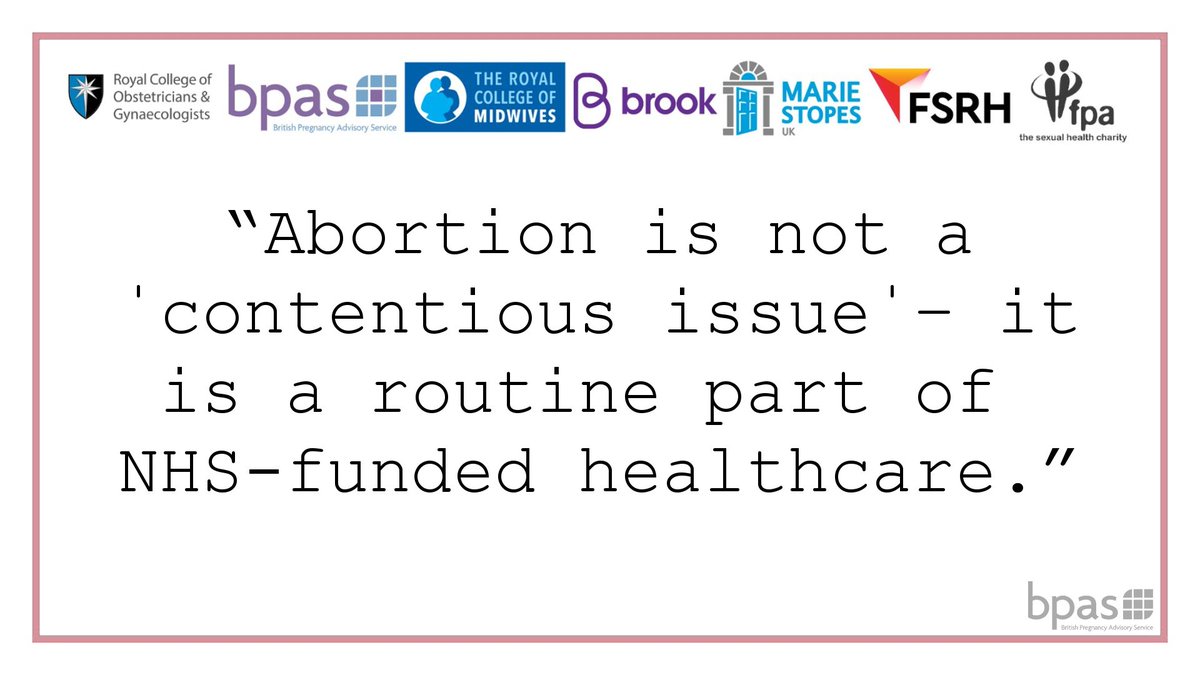“Prof Jog believes Parkinson's disease reduces the signals coming back to the brain - breaking the loop and causing the patient to freeze.”
bbc.com/news/health-47…
Our body is a very complex system that relies on potentially thousands of féedback loops.














